Today, we are looking at the iBasso Nunchaku Portable DAC/AMP Dongle, selling for $299 USD.
Disclaimer: iBasso sent us the Nunchaku for this review. As always, I’m sharing my honest experience through this article. We thank Paul from iBasso for the opportunity.
iBasso Audio
Established in 2006 in Shenzhen, China, iBasso Audio is one of the true veterans of the personal audio space. The company has been designing, developing, and manufacturing high-performance products since forever.
Over 10 years ago, I had some of their first DAPs, the DX50 and the DX90. DX50 had a Wolfson chip, and 90 had the ESS at the time. A lot has changed since then, as with technology, iBasso’s evolution has been fun to watch and experience.
What sets iBasso apart is their unrelenting pursuit of better sound. I believe that iBasso has had an immense impact on the evolution and acceptance of personal audio worldwide. They are one of those companies that push the industry to do better.
Their specialty is digital audio players, but they also created incredibly competent DAC/AMPs, as well as several IEMs and a couple of headphones.
The Nunchaku is the latest addition to the company’s line of portable USB DAC/AMPs. As the first dongle DAC with a vacuum tube inside, it is a special product. This is the first time iBasso has used the JAN6418. Let’s take a deep dive without further ado. Be sure to check our DX340 review below, you’re in for a treat! For more new iBasso products, you can check out iBasso’s latest via their Facebook page.
iBasso Nunchaku
As iBasso’s first and only vacuum tube dongle DAC/AMP, the iBasso Nunchaku brings an impressive hardware mash-up. It uses the dual Cirrus Logic CS43198 DACs, a familiar chipset we saw in the DX180, DX260, and DC07Pro. The amplification stage is switchable between Tube and Class AB modes, offering flexibility in equipment matching. The amplifier configuration is fully balanced, combining TI dual op-amps with BUF634 buffers, the same ones used in the DX340.
The dual Raytheon JAN6418 vacuum tubes add a unique tube flavor, with one tube dedicated to each channel. Supporting this is a complex audio-PCB design, including an FPGA controller, KDS femtosecond oscillator, and JRC hardware volume control, all aimed at optimizing sound quality.
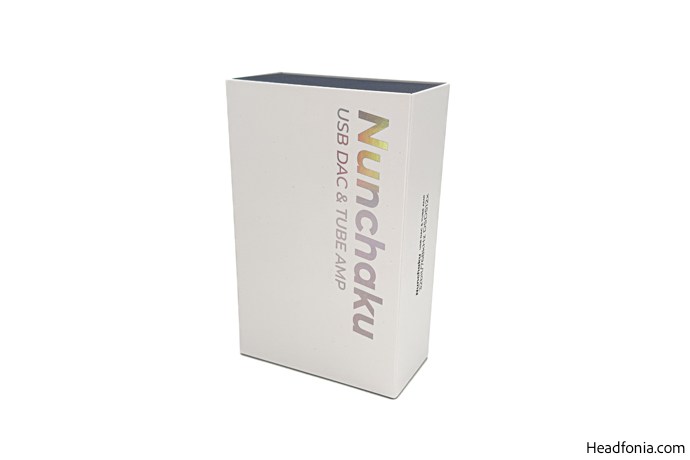
In terms of design, the Nunchaku shares similarities with the DC-Elite in size, build quality, and overall aesthetic. The aluminum chassis is sandwiched between two tempered glass panels. The front panel protects a 0.96-inch monochrome OLED display, while the rear panel showcases the dual vacuum tubes through a small window.
I’ve always appreciated window-style designs, and it’s a nice touch from iBasso to highlight the warmth of the tubes. Below are the specs and highlights worth checking out.
- Cirrus Logic CS43198 x2 | Dual DAC
- Dual TI OPAMP + Dual BUF634 | Class-AB AMP
- Dual Raytheon JAN6418 Vacuum Tubes
- JRC Hardware Volume
- FPGA Master System Controller
- Titanium Alloy Chassis
- 3.5mm: 150mW@32Ω | 4.4mm: 525mW@32Ω
- S/N Ratio 112dBA
- Dynamic Range 112dBA
- PCM Support up to 32bit/768kHz
- DSD Support up to DSD512
- iBasso UAC App Support
- Weight 50gr
Packaging & Accessories
The Nunchaku arrives in iBasso’s familiar packaging style, featuring a grey outer sleeve paired with a blue inner box. The product name is displayed in a chrome font with a subtle rainbow shimmer, adding a touch of flair to the understated design. The back of the sleeve also keeps things simple with iBasso’s motto: “In Pursuit of Perfection.”
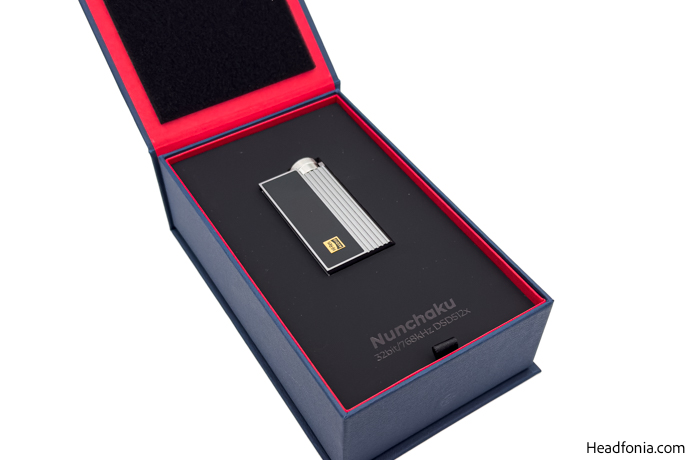
Overall, the packaging design is minimalistic and avoids unnecessary clutter, which I’m sure many approve of. Sliding off the outer sleeve reveals a blue leather-textured inner box that feels premium in hand. The Nunchaku sits securely in its cradle, with accessories neatly arranged underneath. iBasso has provided a comprehensive accessory package similar to the DC-Elite.
Inside the package, you’ll find two cables in a black velvet pouch: a USB-C to USB-C and a USB-C to Lightning, both crafted with 4-braid graphene+SPC wires and are approximately 10 cm. A USB-A to USB-C adapter is also included for older devices. One standout accessory is the mustard-colored premium leather case.
While the color choice is bold and perhaps unconventional, it definitely is unique. Personally, I’m happy to see iBasso include a case, as it’s a practical addition to protecting the device.
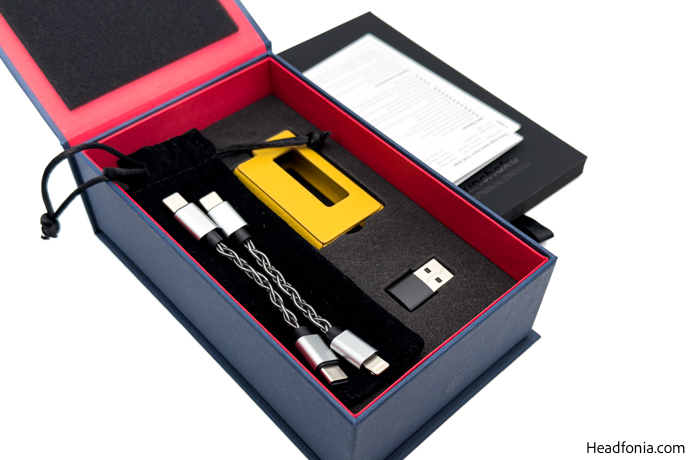
Overall, it’s a well-rounded accessory package. The color of the case might not be to everyone’s taste, but it’s a unique and thoughtful inclusion that adds to the overall premium feel. The color is starting to grow on me!
Design & Build Quality
The Nunchaku features a design very similar to the DC-Elite, with a titanium alloy chassis measuring 65mm x 35mm x 15mm and weighing 50g. It’s a bit large for a dongle, but considering the dual vacuum tubes inside, iBasso did a good job keeping the form factor compact enough for portable use. Any bigger, and it could’ve been an issue.
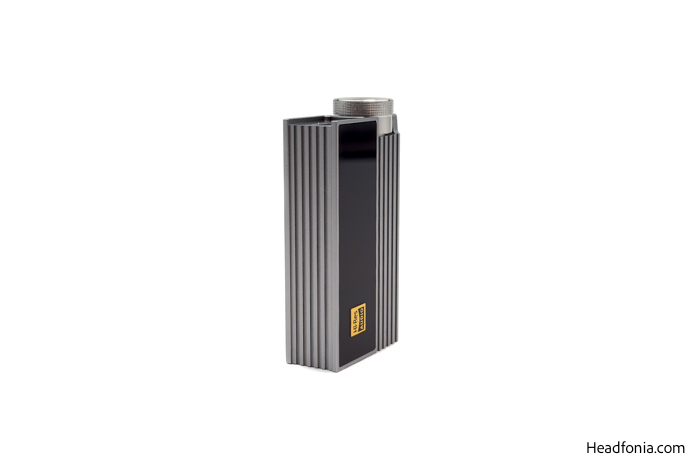
The OLED screen on the front is bright, easy to read, and simple to navigate using the volume pot, which also doubles as a button. On the back, the vacuum tube window adds a nice touch, letting the warm glow of the tubes show through the tempered glass. I can’t say no to the tube glow of any kind, whether desktop or portable. So cozy.
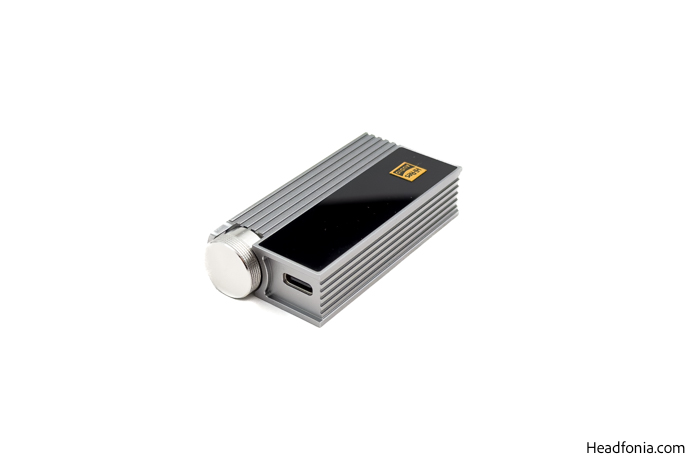
The Nunchaku does not feature a volume guard we’ve previously seen on the DC-Elite, which was the right call. Adjusting the volume is now easier and more accessible, and the potentiometer itself has satisfying tactile feedback with good resistance. Mis-adjustments were rare in my experience, so the change makes a lot of sense. Like the DC-Elite, Nunchaku’s ports feel solid; overall, the design looks premium, feels durable, and works well for its purpose.
Controls, UI, Usage, and Tube Microphonics
The Nunchaku keeps things simple and straightforward. Pressing and holding the volume pot opens the menu, and rotating the pot lets you scroll through options like a digital filter, high-pass filter, gain, balance, SPDIF output, amplification mode, screen rotation, volume adjustment, and backlight timeout.
The OLED screen is bright, easy to read, and displays a ton of information, including the active playback sample rate, gain mode, volume level, PCM/DSD format, amplification mode, and active filter.
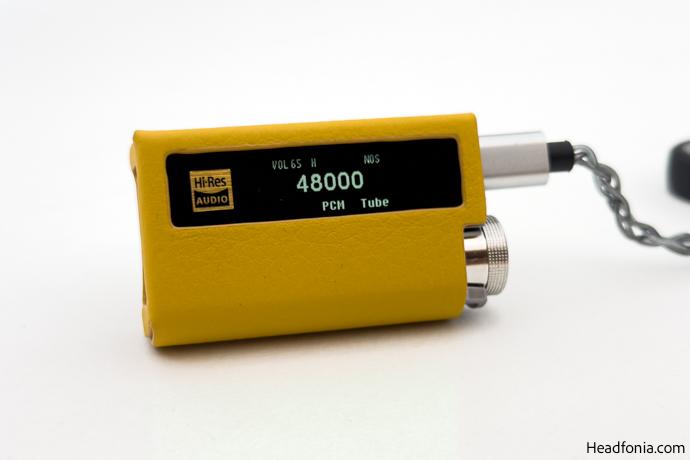
The iBasso UAC app can be useful if you’re an Android user who prefers adjusting settings without physically handling the device. Otherwise, everything is easily accessible through the volume pot, making the app more of an optional convenience. It’s a plug-and-play device, after all. You can keep an eye on the downloads section for Windows drivers and UAC Application APK through this link. No driver is needed for other operation systems.
Switching between Tube and Class AB modes is seamless and handled directly through the menu, although I would appreciate a physical switch for quicker adjustments. The volume potentiometer itself is satisfying to use, offering clean tactile feedback and resistance that helps avoid accidental changes. It is not as hard to turn as DC-Elite but feels more weighty than many dongles on the market, which is great.
On the subject of tube microphonics, the PORON suspension helps with vibration control, but like every JAN6418-based device, it’s still sensitive to impacts. If you tap the chassis while the music is paused, you’ll hear a light ringing. This is how it is with every device I tried that had JAN6418 tubes inside. Walking with it and listening isn’t an issue, but with very sensitive IEMs, you might catch some ringing during low-volume passages.
Switching to Class AB mode fixes this completely, as it bypasses the tubes. iBasso also mentions that nearby phones or weak signal bars might occasionally cause interference, but once the music is playing, it’s not an issue. Personally, I rarely noticed these effects and didn’t experience any EMI problems myself.
One key thing I noticed, unlike the DC-Elite, is that the Nunchaku doesn’t suffer from power-related issues with certain phones. No matter which device I used, the performance of the Nunchaku was consistent.
The review continues on Page Two, after the click HERE or by using the jump below.
Page 1: iBasso, Nunchaku, Packaging & Accessories, Design & Build Quality, Controls, UI, Usage, and Tube Microphonics
Page 2: Sound Impressions, Class AB Mode, Technical Capability, Comparison, Last Words







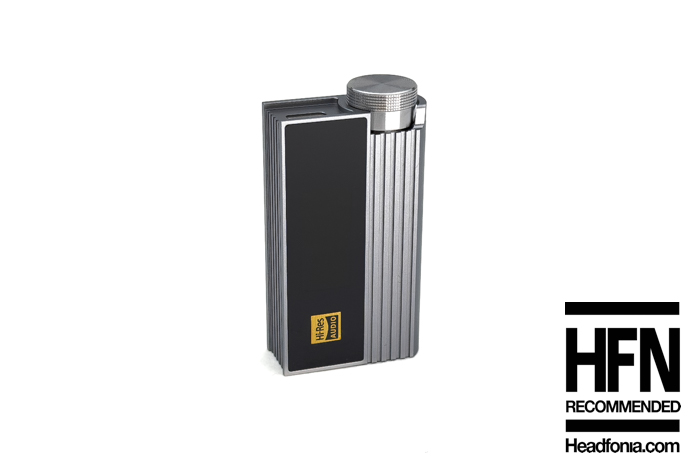
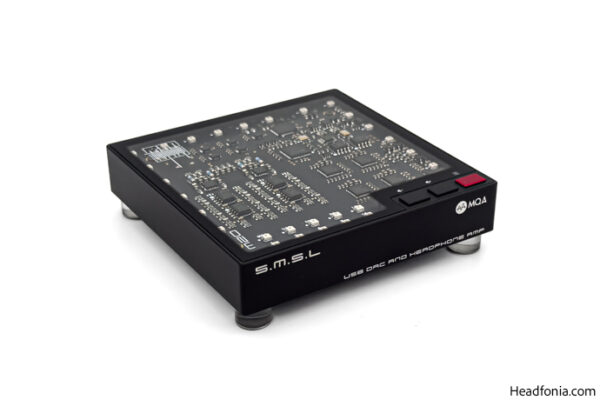
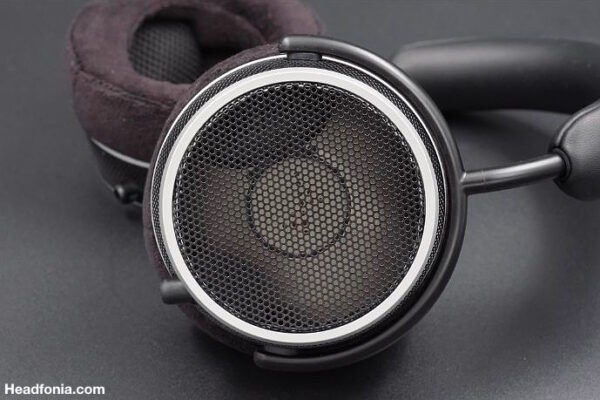
oleg_k
thanks for the great review! could you please compare the sound of nunchaku in tube mode with the sound of cayin n3 ultra in tube modes? which sound is better for you?
Andy
I have a DC elite and ifi gold bar. Is there anything here that would make me want to switch it would it be more of a preference “side-grade”.
fall guys
I appreciate this amplifier. The audio performance of the Nunchaku is a standout feature. It delivers a balanced sound profile with clear highs, rich mids, and deep bass.
Jeff
Do you consider the Nunchaku as the upgrade to the Onix Alpha X1I in terms of sound signature and quality? I love the deep soundstage and natural timbre that the Onix has specially with the NOS filter. Appreciate a quick comparison/differentiation in terms of pure SQ. Thanks!
Wit
I just ordered this neat, miniature sound engineering 🙂 I’m very curious! I’m currently using Dragonfly cobalt, quite well but I’m counting on improvement 🙂 Thank you for the comprehensive review and best regards!